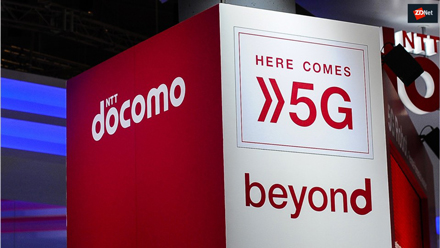|
NTT DOCOMO and Rohde & Schwarz (R&S) conducted radio wave propagation experiments at frequencies up to 150 GHz. The frequency bands from 100 to 300 GHz are expected to enable further high-speed and large-capacity communications for the next generation beyond 5G.
In the experiments, the two companies measured and analyzed the effects of radio wave propagation characteristics and shielding effects in the mm-wave range. As a result, they pioneered new frequency bands and contributed to the realization of terabit-class mobile communication systems.
 In the 100–300-GHz frequency bands, wider bandwidths are available than in those used for 5G. However, these higher mm-wave frequency bands are strongly affected by persons, vehicles, trees, and environmental conditions such as rain. It is therefore necessary to research the influence of such objects on radio-wave propagation characteristics. In the 100–300-GHz frequency bands, wider bandwidths are available than in those used for 5G. However, these higher mm-wave frequency bands are strongly affected by persons, vehicles, trees, and environmental conditions such as rain. It is therefore necessary to research the influence of such objects on radio-wave propagation characteristics.
Using test and measurement equipment from R&S, NTT DOCOMO has developed a novel ultra-wideband mm-wave channel sounder to measure the radio wave propagation characteristics necessary for evaluating mm-wave mobile communication systems exceeding 100 GHz.
The measurement parameters include the propagation loss (degree of attenuation of radio waves), power delay profile (arrival time of radio waves), and angular profile (indicator of the spread of radio wave arrival).
In the test system, the R&S SMW200A signal generator together with the R&S SMZ frequency multiplier generates the mm-wave bands, while the R&S FSW85 signal and spectrum analyzer equipped with the R&S FS-Z170 analyzes it using a scalable wide analysis bandwidth of up to 2 GHz.
The setup offers a highly convenient user interface with a high-resolution, multi-touch display directly displaying the radio-wave propagation characteristics in real time.
Full article: IEEE Vehicular Technology Magazine, Volume 14, Number 2, June 2019 |